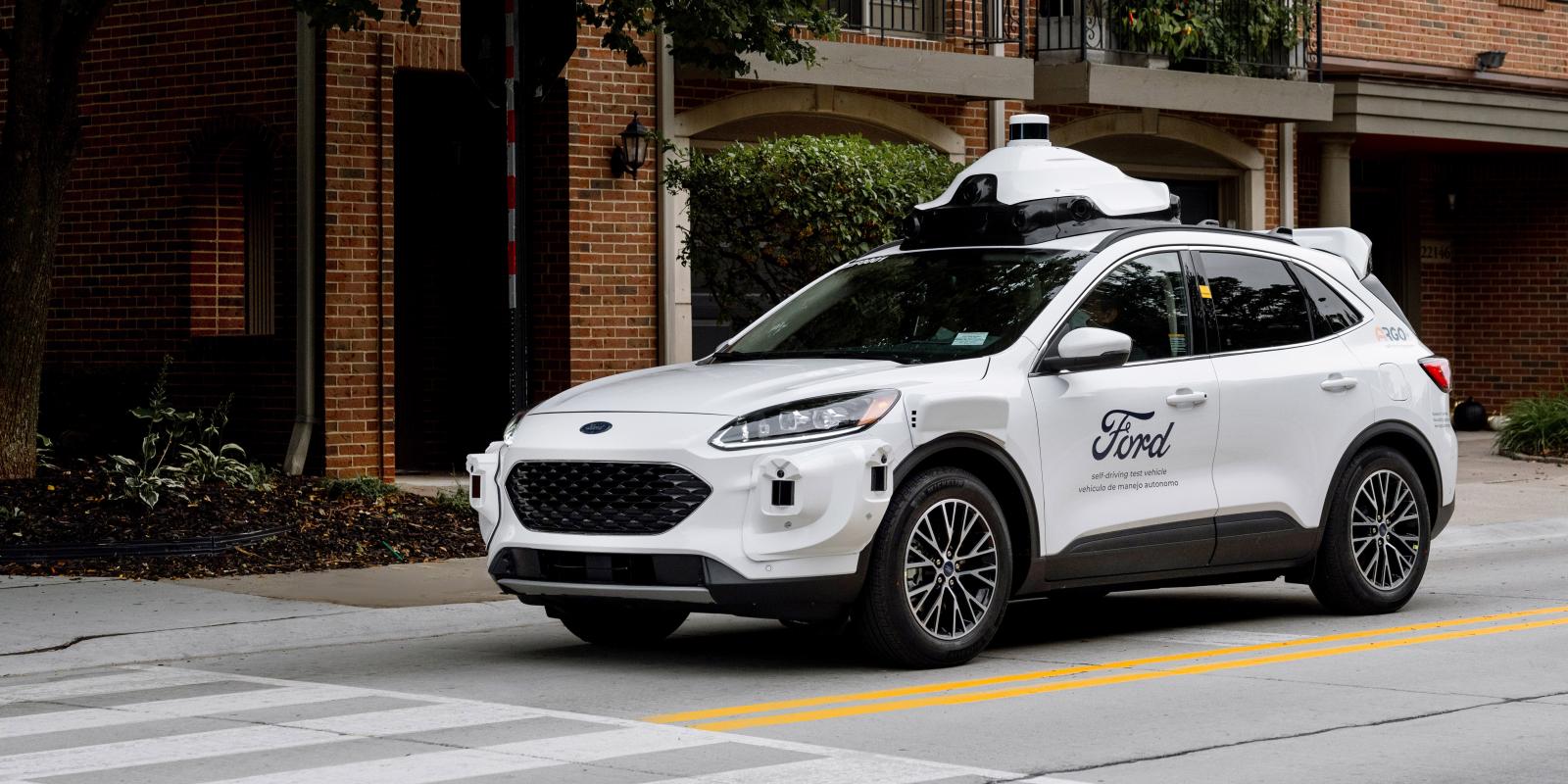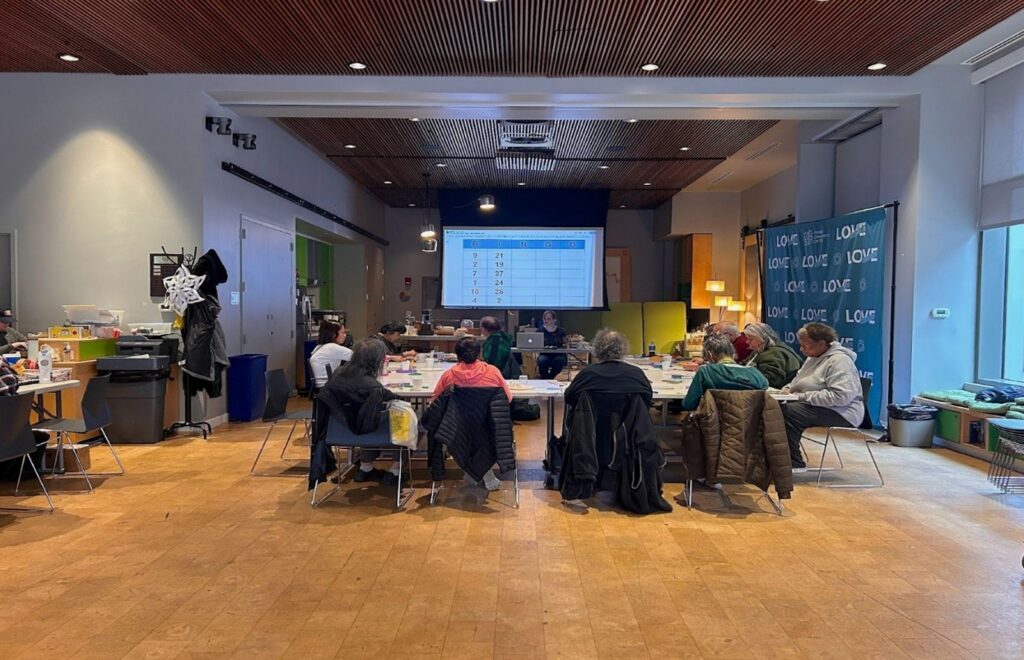At Ford, we believe self-driving technology has the potential to make transportation more accessible to people. Our ultimate goal is to use autonomous technology to make people’s lives better by providing a safe, trusted and affordable mobility solution. This development has the potential to improve many people’s lives, and older adults could well see many benefits.
As in many countries, the older adult population in the United States is growing. By 2060, more than 98 million Americans will be older than age 65 and account for 25 percent of the nation’s total population, according to projections by the U.S. Census Bureau.
That’s a huge portion of the population—and, a significant potential market for transportation services. Self-driving technology is unique in that it can potentially offer a cost-effective option for older adults that empowers them to safely maintain their independence. A successful self-driving service can promote wellness, offering easy access to healthcare or local businesses, and provide ways to stay connected with families, friends and the community.
Some perceived barriers about self-driving vehicles are misconceptions.
How do we get there—and what are the obstacles? For one, some perceived barriers are misconceptions. Many people think self-driving cars will be prohibitively expensive, but at Ford they are not coming to market as privately owned vehicles. Instead, Ford is introducing self-driving vehicles through ride-hailing and delivery services. In these scenarios, self-driving vehicles only make sense as a low-cost option—to be successful they need to be affordable and cater to people’s specific needs.
Another misconception is that older adults are unwilling to give self-driving vehicles a chance. This just isn’t the case. This population thinks that if the technology can do what it says it can do, it will have a profound impact on their life.
Straight from the Source
The research we’ve done demonstrates that older adults continue to look for mobility solutions that give them access to a couple of major necessities: healthcare and food. That’s why we’re looking into how we can tailor self-driving services to meet these needs and provide access to grocery stores and physician offices. Self-driving vehicles can not only be used to transport older adults to these critical outlets, but partnerships with grocery stores could leverage these vehicles to make easy grocery deliveries, while medical outreach programs can help manage the cost of transportation even further.
Beyond the bare necessities, there is also an emotional side to this technology: It can help maintain this group’s freedom of movement. For those who may lose the ability or confidence to drive, self-driving vehicles can help them to maintain a vibrant social life, allowing them to pick up grandkids from school or head out to dinner with friends without having to drive.
In our research, we identified several key areas of opportunity for self-driving technology:
- Barrier-free access: Participants in our studies have made it clear that self-driving vehicles need to be easily accessible, particularly for those who use a wheelchair or require assistance from a caregiver. This includes ensuring there’s high head clearance and low thresholds to make vehicle entry easy. Such services will also need to address any technological barriers that may prevent certain older adults from using the service, like the reliance on a smartphone or on connectivity outside the home.
- Socialization tool: Many older adults see self-driving cars as enablers, helping them to get out into the world, socialize and remain part of their communities. Caregivers also see an opportunity to engage with older adults they transport in shuttles and better attend to their needs, because they wouldn’t have to concentrate on driving.
- Increased confidence: Even those who still drive or are otherwise independent believe self-driving vehicles could give them the confidence to go out at night or in inclement weather; leveraging these vehicles to take them places they may not normally go.
- On-demand services: Many current mobility solutions for older adults require them to plan far in advance. But as part of a ride-hailing service, self-driving vehicles could be summoned on short notice and allow older adults to not only maintain independence, but also spontaneity.
Of course, many older adults have expressed concerns about safety, the readiness of self-driving technology and the fear of being stranded if some type of malfunction were to occur. But here’s the thing: none of these issues are necessarily unique to older adults. Our research shows these are consistent sentiments across generations, and at Ford we are actively trying to address these issues as we prepare to launch a self-driving business in 2022.
‘As part of a ride-hailing service, self-driving vehicles could be summoned on short notice.’
For one, we’re addressing a key barrier to entry by investing heavily in conversational assistance. That means one wouldn’t have to manage a trip through a device or physical interface—instead the vehicle will respond to passengers talking to it. This dramatically lowers the bar of technological know-how needed to use these services, letting people naturally engage their rides. Our vehicles also will provide access to real people immediately, by letting riders use in-vehicle features to reach others.
As people become more familiar with self-driving vehicles, lingering fears about the technology begin to dissipate. Our Number One goal is to develop a safe, reliable service—and no vehicle is going to hit the street before we achieve that confidence.
Self-driving vehicles promise to deliver more freedom and independence for older adults than any other mode of transit, at an affordable price. When this technology is ready for prime time, we’re confident older adults will want to hail a ride.
Robert Moser, MBA, is Global Head of Experience Design at Ford Motor Company in Birmingham, Mich.













